Date: Thursday, September 24, 2020
Start Time: 9:30 am
End Time: 10:00 am
Very large underwater image datasets are generated every day that capture important information regarding the state of our oceans, but they cannot be efficiently analyzed with powerful computer vision and machine learning algorithms because water degrades images too severely for automated analysis. Existing methods that attempt to restore lost colors and contrast perform poorly and, as a result, the analysis of most underwater imagery requires costly manual effort, affecting the pace at which marine science moves forward. I will show that a fundamental reason for this is the common use of an atmospheric image formation model for the ocean. Then, based on the (more) physically accurate underwater image formation model we recently proposed and validated, I will introduce the Sea-thru algorithm that successfully removes water from underwater images in a rapid, objective, and repeatable way, creating exciting opportunities for the future of underwater exploration and conservation.


